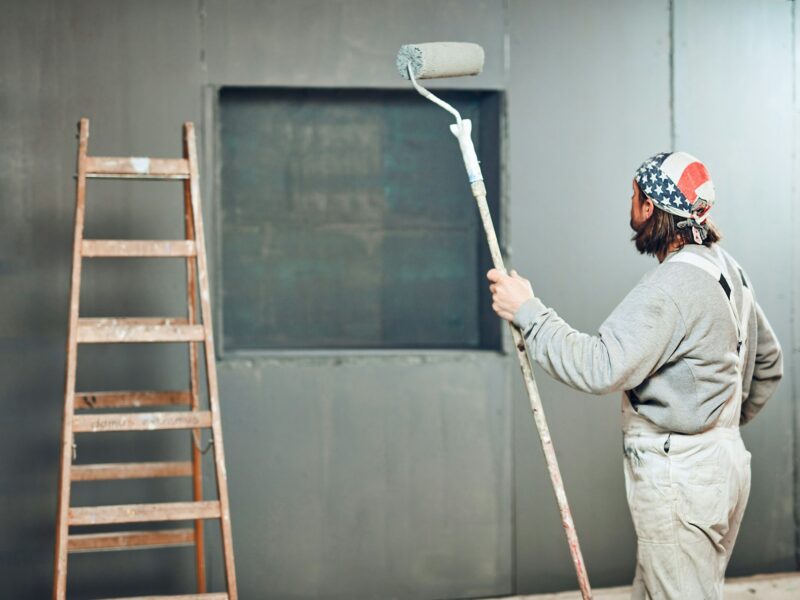In the hustle and bustle of everyday life, ensuring the safety of our homes often takes precedence. From curious toddlers exploring every nook and cranny to busy parents juggling multiple tasks, the home can unexpectedly harbor various hazards that may pose risks to family members. Ensuring a safe home environment is paramount for families to prevent accidents and injuries.
General Home Safety Measures
Implementing general home safety measures can significantly reduce the risk of common hazards. This includes regularly checking and maintaining smoke detectors, carbon monoxide detectors, and fire extinguishers to safeguard against potential emergencies.
Securing furniture and heavy objects to prevent tipping accidents, installing safety gates at stairways, and covering electrical outlets are essential steps, especially for households with young children. Additionally, maintaining a clutter-free environment, keeping floors dry and free of tripping hazards, such as loose rugs or cords, and ensuring adequate lighting throughout the house can help prevent slips, trips, and falls.
Childproofing Your Home
For families with young children, knowing how to childproof your home is crucial. This involves identifying and addressing potential hazards that could pose a risk to their health and safety. Key safety measures include installing safety gates at the top and bottom of staircases to prevent falls, securing heavy furniture and appliances to the wall to prevent tipping accidents, and covering electrical outlets with safety plugs to prevent electrocution.
Additionally, storing hazardous substances such as cleaning products, medications, and sharp objects out of reach or in locked cabinets is essential. Ensuring that window blinds cords are out of reach and using window guards or stops to prevent falls is also important. Regularly inspecting and childproofing your home can provide peace of mind and create a safe environment for children to explore and play without unnecessary risks.
Kitchen Safety
Kitchen safety at home is paramount for families to prevent accidents and injuries while cooking and preparing meals. Implementing key safety measures can significantly reduce the risk of kitchen-related injuries or accidents. Ensuring that all kitchen appliances are in good working condition and following proper usage instructions can prevent electrical fires and other hazards. Keeping sharp objects such as knives and scissors out of reach of children and storing them in secure drawers or knife blocks minimizes the risk of accidental cuts or injuries.
Practicing safe cooking habits, such as using pot handles turned away from the edge of the stove to prevent accidental spills, and never leaving food on the stove or in the oven unattended, can help prevent kitchen fires and burns. Experienced Atlanta personal injury lawyers emphasize keeping flammable items such as dish towels, paper towels, and oven mitts away from heat sources is an essential safety practice. By prioritizing kitchen safety and instilling good habits, families can create a safer environment for cooking and meal preparation.
Bathroom Safety
Implementing essential safety measures can significantly reduce the risk of bathroom-related mishaps. Installing grab bars near the toilet and in the shower or bath area can provide stability and support for individuals with mobility issues, helping to prevent slips and falls. Additionally, using non-slip mats or adhesive strips in the bathtub or shower and on the bathroom floor can minimize the risk of accidents on wet surfaces.
Storing medications, cleaning products, and other hazardous substances out of reach and in locked cabinets prevents accidental ingestion or exposure. Ensuring that electrical appliances such as hair dryers or electric razors are kept away from water sources and unplugged when not in use is helpful for preventing electrical accidents. These safety measures can help families remain vigilant and create a safer bathroom environment for everyone in the household.
Outdoor Safety
Outdoor safety at home is essential for families to enjoy their outdoor spaces while minimizing the risk of accidents and injuries. Implementing key safety measures can help create a secure environment for outdoor activities. Ensuring that pathways and walkways are well-maintained and free of obstacles can reduce the risk of trips and falls. Installing adequate lighting along pathways and near entrances can significantly enhance visibility, especially during the evening or nighttime.
Another safety measure is to secure outdoor furniture and play equipment, such as trampolines or swing sets, to prevent tipping or collapse is crucial for preventing injuries. Additionally, providing supervision and setting ground rules for outdoor play can help children understand potential safety risks and follow safety guidelines.
Also ensuring that outdoor areas are free of hazards such as sharp objects, poisonous plants, or stagnant water further reduces the risk of injuries while children are at play. By taking these proactive measures, families can create a safe and enjoyable outdoor environment for family friendly activities.



